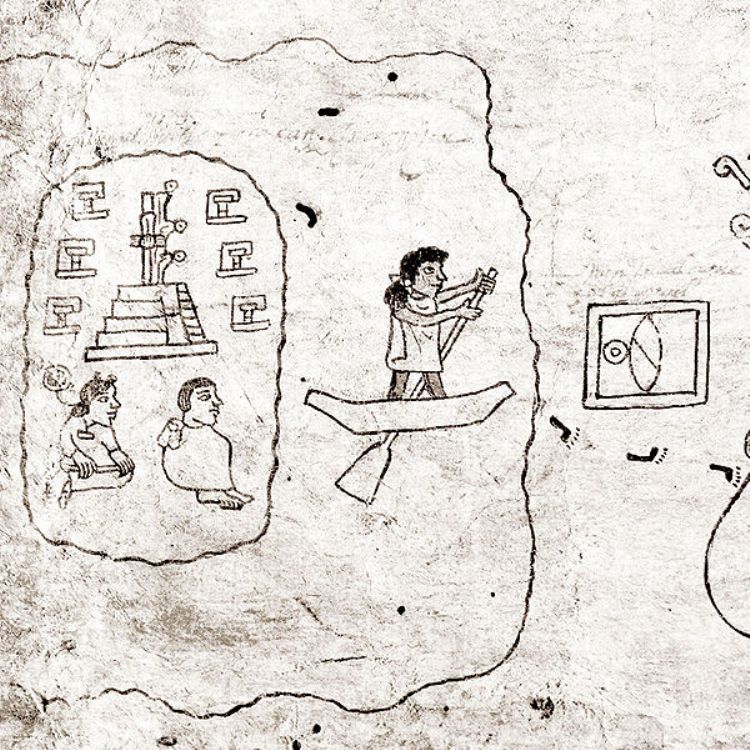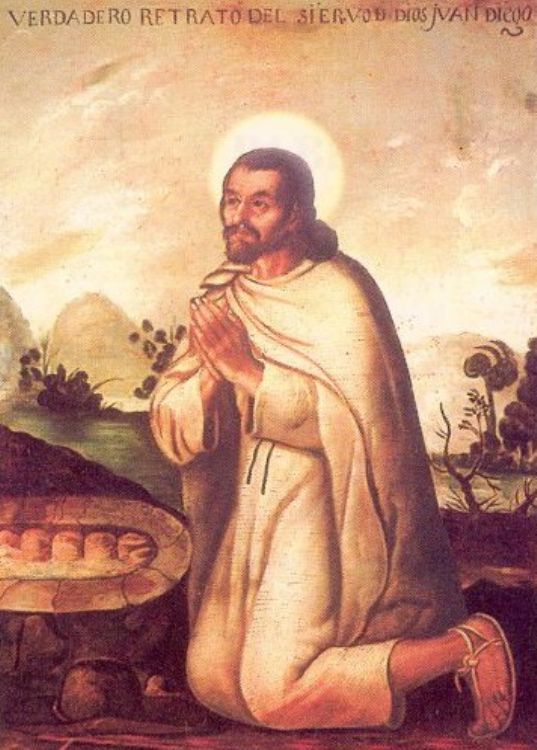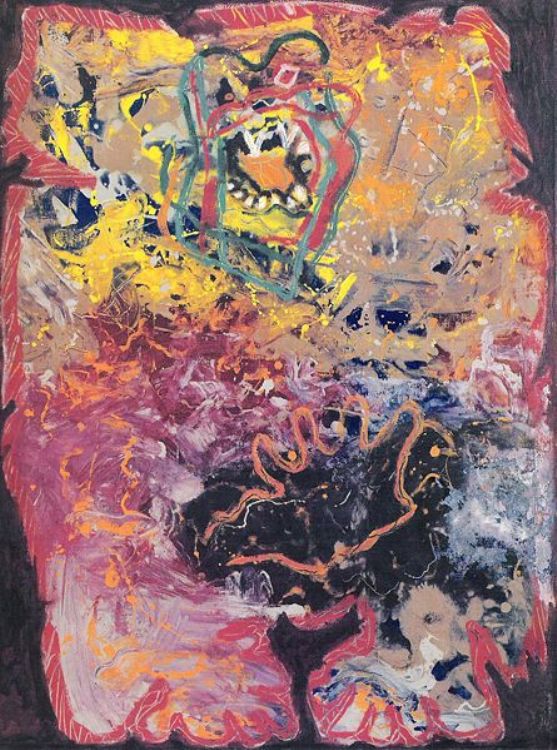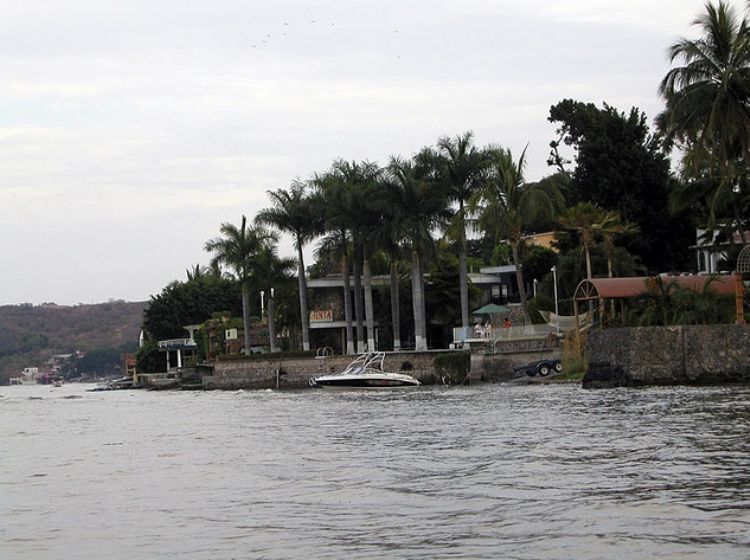Guadalajara's Cathedral
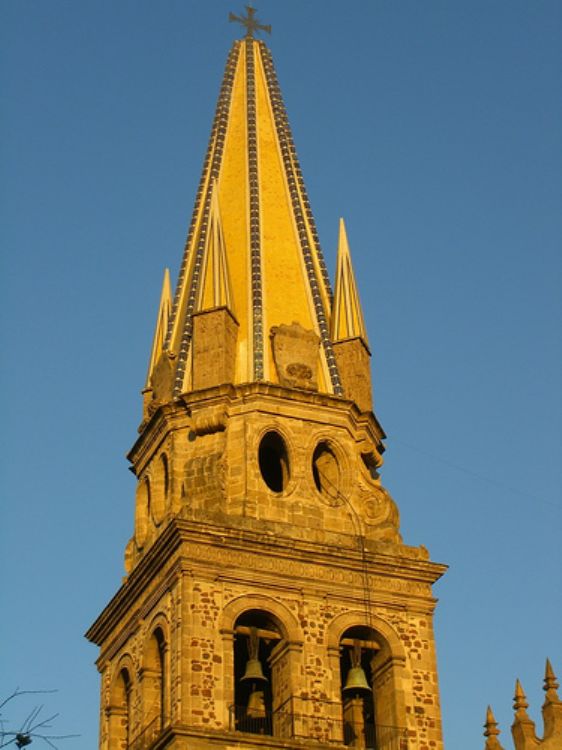
The word cathedral derives from the Greek âÂÂcathedraâ (seat) and refers to the chair or throne of the bishop or archbishop. In ancient times, this chair was the symbol of a teacher who taught theology from the altar. Cathedrals started as places of education, especially for seminarists, but their use extended to make them a place of cult.
The Cathedral of Guadalajara started to be constructed on the 31st of July 1568 and concluded on the 19th of February 1618, ordered by King of Spain Felipe II. Few people know it has the official title of âÂÂBasílica de la Asunción de Nuestra Señora de la Santísima Virgen MaríaâÂÂ, because it was consecrated to her.
Constructed by Architect Martín Casillas, it shows an interesting mix of architectural styles with gothic, baroque, morisco and neoclassic influences and its three naves are covered with gothic vaults and arch ribs.
This cathedral has suffered many transformations throughout the centuries. In 1818, a strong earthquake shook the city and knocked down the cathedralâÂÂs towers and dome. Unfortunately, the 65 meter towers were once again destroyed in the earthquake of 1849 and their reconstruction was directed by Architect Manuel Gomez Ibarra in 1854. The Cathedral has been affected by later earthquakes, suffering great deterioration. Currently, its structure is threatened by a slight inclination of the north tower, sinking and structural damage of the dome, among other damages.
The greater altar is located to the east of the main nave, symbolizing the Resurrection of the Lord with symbols of light and justice.
âÂÂThe archbishopsâ cryptâ is one of its greatest attractions. Under the chorus and greater altar are the crypts of bishops and cardinals, with the remains of those who have governed the dioceses since the XVI century. Including the body of Juan Jesus Posadas Ocampo, murdered in 1993 at GuadalajaraâÂÂs international airport. There are also the remains of Bishops Francisco Gomez de Mendiola and Don Juan Santiago de Leon Garabito, whose bodies remained unscathed after death, for which they are attributed saintliness. Their coffins were placed on both sides of the main entrance and the parishioners touched them to ask for favors, if when putting their ear against the coffin they could hear an answer from inside, the miracle would be granted.
Sublime for some and grotesque for others, one of the CathedralâÂÂs main relics is the Martyrs Relic, consisting of a glass cabinet exhibiting the bones of 23 men. These remains were beatified by Pope John Paul II in 1992 for having defended the freedom of religious cult during the Cristero Wars.
Among its treasures is La Purísima Concepción, painting created by Bartolomé Esteban Murillo. Also famous is its organ, the second largest in Mexico, of French origin. Also outstanding is the sculpture of Virgen de la Rosa, a gift from Emperor Charles V, an ivory Christ and oil paintings by Mexican artists.
An interdisciplinary commission was created in 1980, formed by historians, architects, sacred art specialists and liturgical authorities. This commission has undergone structural modifications and a detailed inventory.
Artículo Producido por el Equipo Editorial Explorando México.
Copyright Explorando México, Todos los Derechos Reservados.
Foto Portada: Sam Blackman

